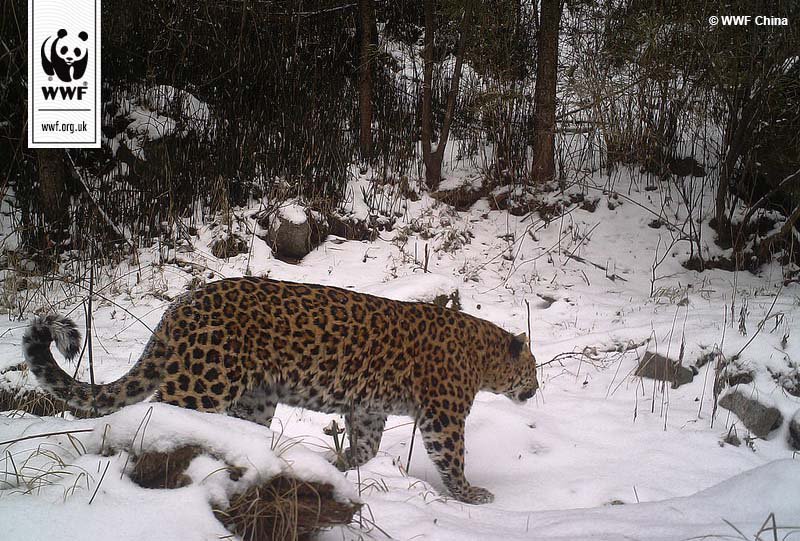| Triceratops |
| Posted by: epaiva - 07-20-2017, 08:01 PM - Forum: Dinosaurs - Replies (60) |
| North Chinese Leopard (Panthera pardus japonensis) | ||||
| Posted by: Ngala - 07-20-2017, 03:18 AM - Forum: Leopard - Replies (25) | ||||
|
||||
| Hippopotamus amphibius |
| Posted by: epaiva - 07-19-2017, 04:50 AM - Forum: Herbivores Animals - Replies (68) |
| Oryxes Antelopes (Oryx sp.) |
| Posted by: epaiva - 07-17-2017, 11:09 PM - Forum: Herbivores Animals - Replies (17) |
| giant otter - Pteronura brasiliensis |
| Posted by: epaiva - 07-17-2017, 08:08 PM - Forum: Aquatic Animals and Amphibians - Replies (31) |
| Avoca Males/Giraffe Males | ||||
| Posted by: pius222 - 07-17-2017, 09:26 AM - Forum: Questions - Replies (1) | ||||
|
||||
| Wild lioness nursing leopard cub - A very rare sighting | ||||
| Posted by: sanjay - 07-14-2017, 10:14 PM - Forum: Lion - Replies (5) | ||||
|
||||
| Hoplias aimara |
| Posted by: epaiva - 07-09-2017, 08:42 AM - Forum: Aquatic Animals and Amphibians - Replies (5) |
| Alligator snapping turtle (Macrochelys temminckii ) |
| Posted by: epaiva - 07-07-2017, 05:31 PM - Forum: Aquatic Animals and Amphibians - Replies (1) |
| Monthly recognition |
| Posted by: Sully - 07-06-2017, 10:07 PM - Forum: Suggestion, Feedback and Complaint - Replies (1) |
| Welcome, Guest |
|
You have to register before you can post on our site. |
| Search Forums |
|
(Advanced Search) |
| Forum Statistics |
|
» Members: 2,637 » Latest member: sophiamary » Forum threads: 1,218 » Forum posts: 168,564 Full Statistics |
| Online Users |
|
There are currently 474 online users. » 5 Member(s) | 469 Guest(s) LyonLover, Mwk85, sik94 |
| Latest Threads |
|
Talamati/Msutlu Pride
Last Post: |
|
Lions of Manyeleti
Last Post: |
|
Lions of Timbavati
Last Post: |
|
The Tumbela Coalition
Last Post: |
|
The Caspian Tiger (Panthe...
Last Post: |
|
Birmingham Coalition Male...
Last Post: |
|
Lions of Sabi Sands
Last Post: |
|
Styx Pride
Last Post: |
|
Coalitions of Kruger Nati...
Last Post: |
|
The Birmingham Males
Last Post: |
|
Nkuhuma Pride
Last Post: |
|
Shishangaan Male Lions
Last Post: |
|
Amur Tigers
Last Post: |
|
Nkhulu males
Last Post: |
|
The Charleston Males
Last Post: |
































